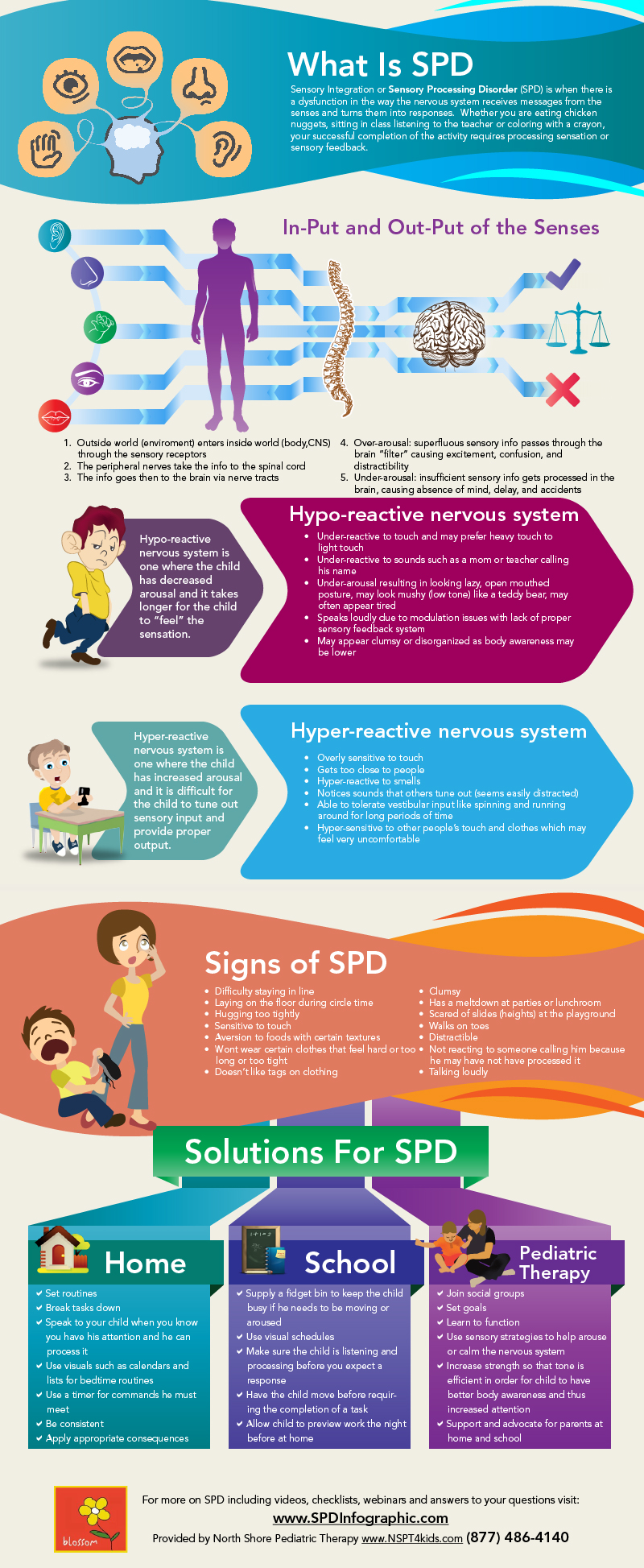Sensory Processing Disorder
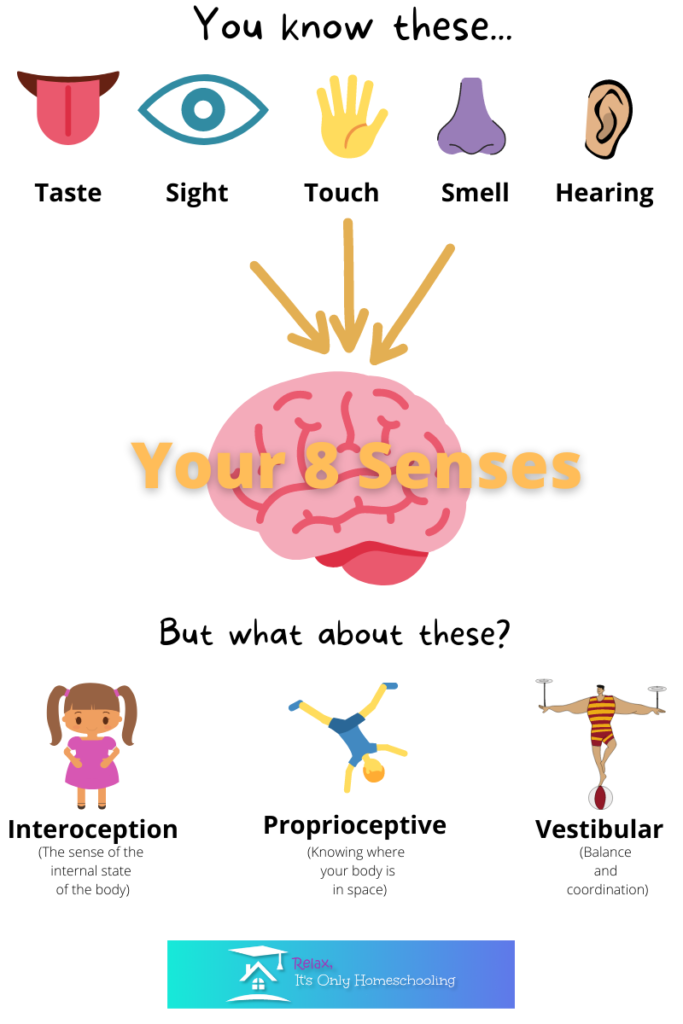
Our Sensory System
We receive input from our eight senses about the world around us and inside us. Yes, eight. The first five you are likely already familiar with, taste, sight, touch, smell, and hearing. The other three senses are interoception, proprioception, and vestibular.
Interoception helps us understand and feel what is going on inside our bodies, such as recognizing when we are hungry, thirsty, or need to use the restroom.
Proprioception is our “body awareness” sense. The proprioceptive system tells us where our body parts are in space without us having to look for them.
The vestibular system is responsible for movement, balance, and coordination.
Sensory processing (or sensory integration, as it is sometimes called) relates to the way a person’s nervous system receives messages from the senses to the brain, processes said information, and then executes an appropriate response (motor or behavioral).
Sensory integration is required for EVERYTHING we do! Brushing your teeth, driving a car, drinking through a straw, walking, holding a pencil, sitting upright in a chair, and reading a book ALL require sensory integration.
What is Sensory Processing Disorder?
Sensory Processing Disorder (or SPD, sometimes referred to as a “sensory integration dysfunction,”) is a condition that occurs when there is a breakdown in communication between sensory input from the body and the brain. For reasons unknown, sensory signals simply fail to get processed into proper behavioral and motor responses.
Essentially, SPD is like playing a game of “telephone.” One person whispers a message into the next person’s ear and the process continues along down the row of players. The last person in line (in this case the brain) is tasked with interpreting the message correctly and sharing it with the other players. In SPD, the results are about what you would expect from a game of “telephone,” confusion, and distortion of the original message.
Since sensory integration is required in EVERYTHING we do, an individual with SPD is very much like the last player in the game of “telephone.” The person’s brain is a bit confused by the input from his or her senses resulting in a distortion of the original message and confusion in how to respond accordingly. This disconnect contributes to struggles with daily living skills, movement, academic and work performance, social relations, behavior problems, and emotional regulation.
While the condition first gained recognition in the 1970s due to the efforts of Occupational Therapist and Neuroscientist A. Jean Ayers, Ph.D., as of today SPD is still not an official diagnosis recognized in the Diagnostic and Statistical Manual of Mental Health Disorders, 5th Edition (DSM 5) (the manual used by medical and therapy professionals to diagnose conditions and provide proper referrals for treatment).
Without the inclusion of this diagnosis, families of individuals living with SPD are unable to utilize insurance benefits to pay for care. Furthermore, SPD is not included under the Individual with Disabilities Education Act (IDEA) which means students living with SPD cannot receive special education services or supports.
What is it like to live with Sensory Processing Disorder?
In order to understand more clearly the challenges our children with sensory processing issues face on a daily basis check out the video below from Easterseals-Goodwill Northern Rocky Mountain:
How Can I Help My Child?
Be an Advocate.
Educate yourself. Learn all that you can and then teach others. And then, teach your child how to be a self-advocate.
For more on how to become an Advocate, see my article here.
Put Your Child on a Diet – A Sensory Diet that is.
Having the “baby bear porridge” (i.e., just right) amount of sensory input helps children focus on classwork, learn new skills, and interact appropriately with their peers. Unfortunately, not all children are able to identify when they are on “sensory overload” or when they need as the beloved robot character Johnny-Five in the classic 1980s film Short Circuit would often declare “more input.” Utilizing a “sensory diet” can assist children in developing a sense of self-awareness and help them give their bodies the input they need to function.
According to the advocacy website Understod.org, a sensory diet is:
A tailored plan of physical activities and accommodations designed to meet a child’s sensory needs. This type of treatment has nothing to do with food. The goal is to get kids in a “just right” state.
What does that mean? For kids who tend to get overstimulated, a sensory diet will include activities that help them come down from an overloaded state and feel calm. Kids who feel or seem sluggish will do activities to help them feel more alert.
“What is a Sensory Diet? by Kate Kelly
What is sensory diet treatment? | Understood – For learning and thinking differences
How Do I Design a Sensory Diet?
Below are a few examples of what a sensory diet might look like with activity suggestions:
Due to the wide range of needs when it comes to sensory integration, (e.g., a spectrum of sensory seeking to sensory avoiding), we recommend you consult with an Occupational Therapist to help you create a plan tailored to your child’s specific needs. Please visit our Resources page for a link to the American Occupational Therapy Association to help you locate a provider in your area.
What About Schoolwork?
Just as a Sensory Diet is a personalized program that may need to be adjusted from time to time to meet your child’s individual needs, the same is true for modifications and accommodations to academic work.
If your child is enrolled in public education and experiencing difficulties, start by reaching out to your child’s teacher. Put on your Advocate hat and provide the teacher with information about SPD and your child’s specific needs. While SPD may not yet be considered a diagnosis protected under the umbrella of IDEA, the more we educate others like medical and educational professionals and lobby for inclusion, the greater the likelihood we have to produce change.
When our son was enrolled in a private kindergarten prior to homeschooling, I requested a letter from our treating OT outlining our son’s diagnosis and offering a list of tips and tools. While not an official IEP or 504 Plan bound by law, the teachers were thankful to be provided with information and a list of resources to help him become a successful student. You never know if a teacher will be willing to participate in informal supports unless you ask.
The infographic below from North Shore Pediatric Therapy may help you find a place to start.
If you homeschool you have all the FREEDOM to utilize modifications and accommodations to foster your child’s academic success.
Strategies for Home
If you homeschool (or simply are in search of strategies to help your child at home), we again recommend you begin by first determining your child’s sensory needs.
Are they undersensitive (sensory seeking) or oversensitive (sensory avoiding) to stimuli?
Understanding your child’s triggers for possible meltdowns can help both you and your child build a toolbox of coping skills and further tailor your sensory diet.
For some added insights and helpful tips on how to help your child with sensory processing issues learn at home, check out the article below from Understood.org.
Books for Parents:
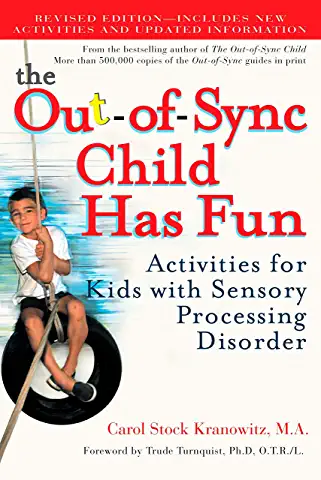
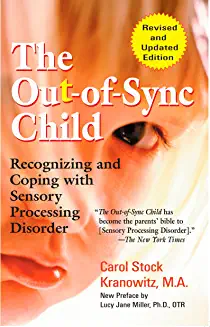

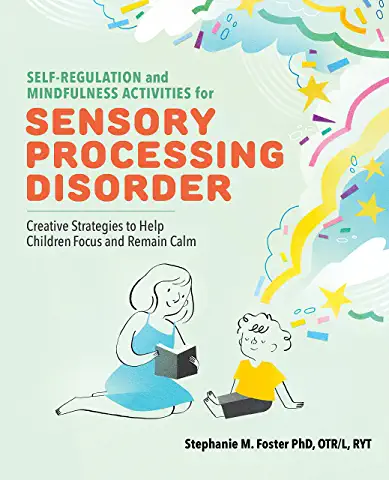
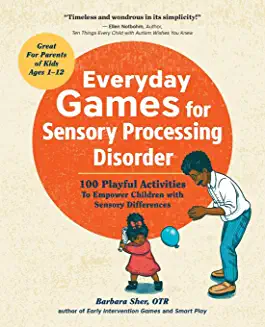
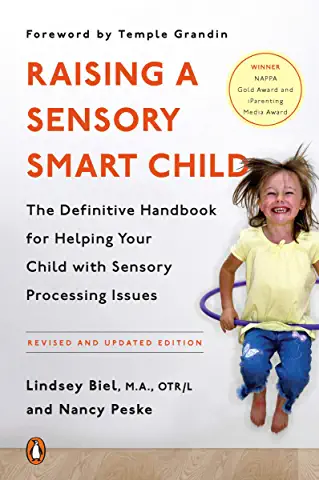

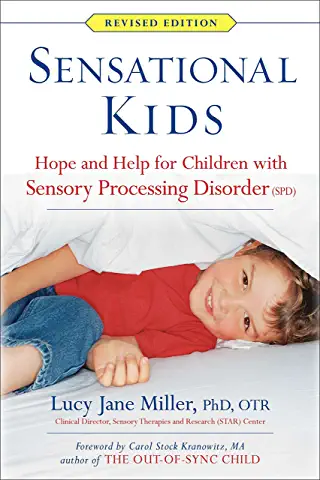

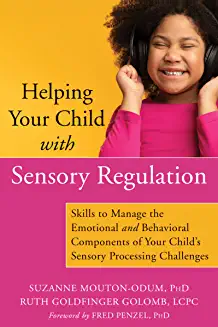
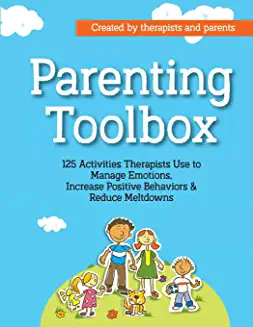

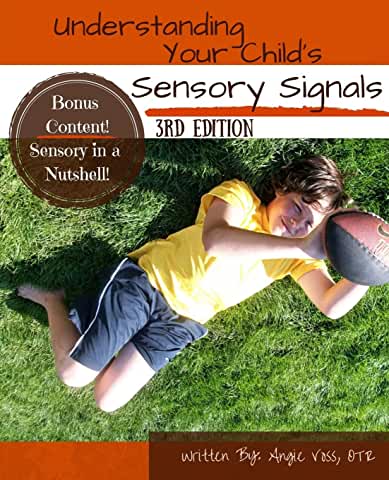

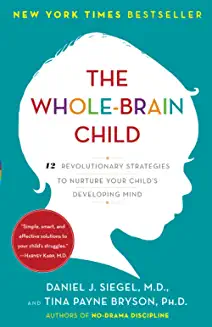
Books for Children:


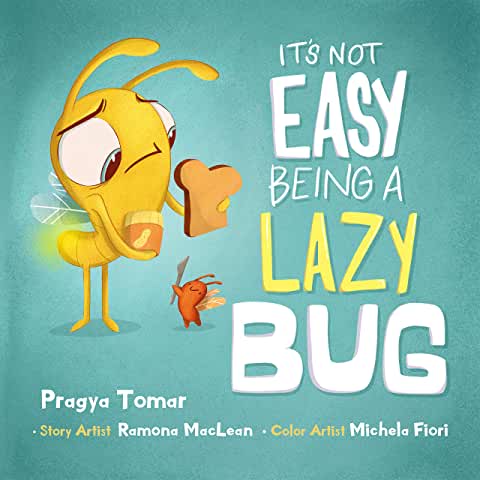
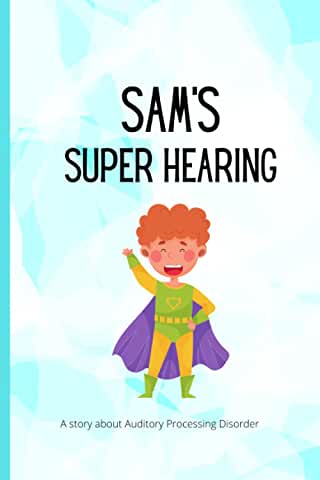
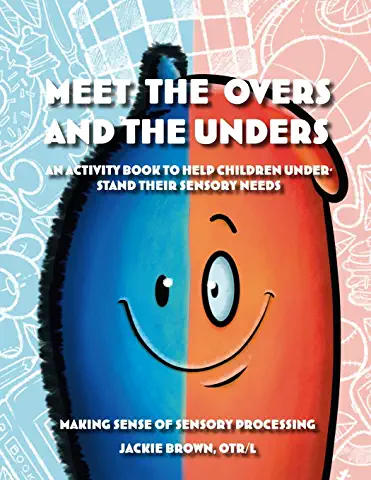
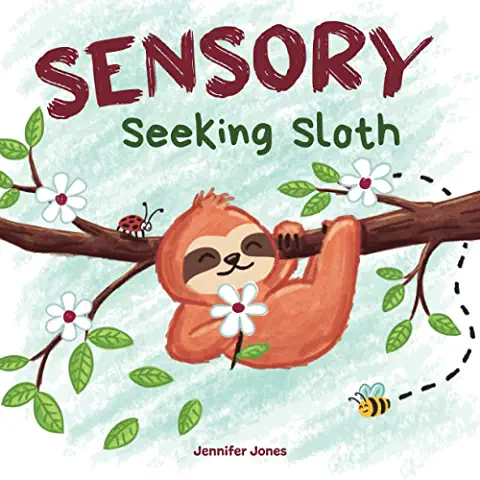

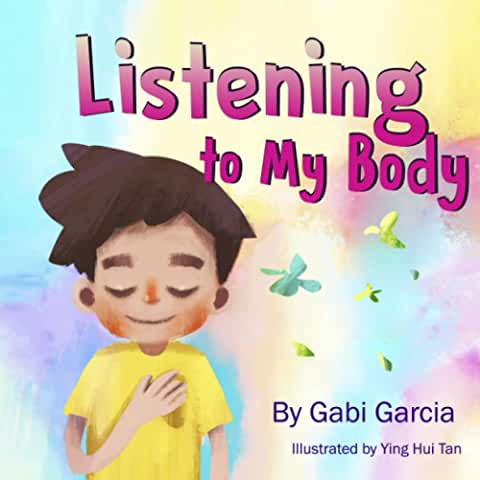
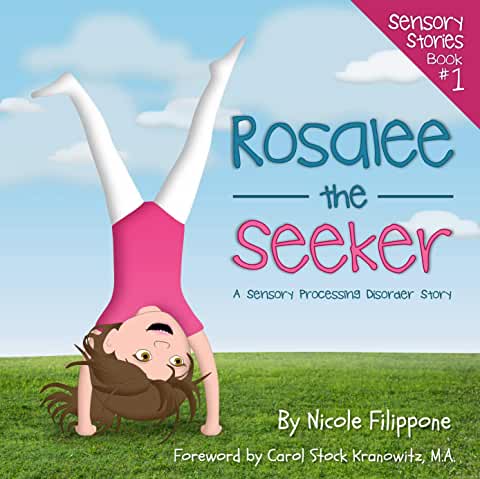
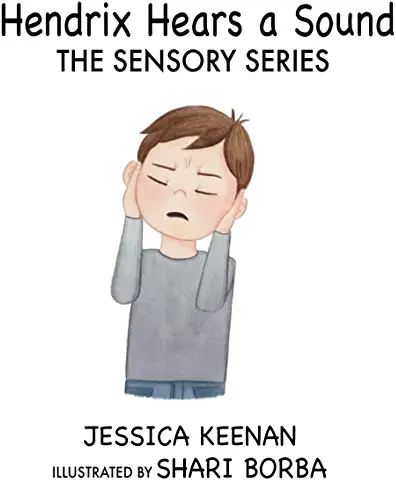

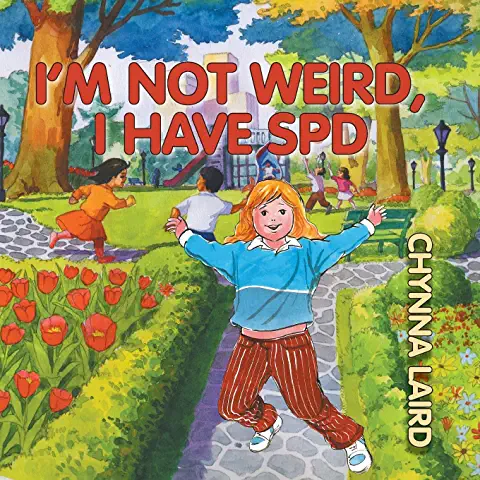
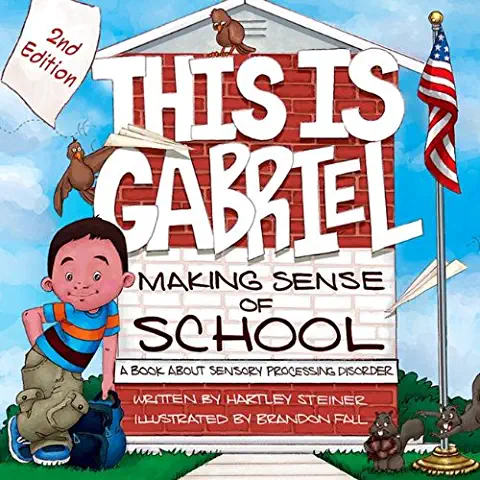
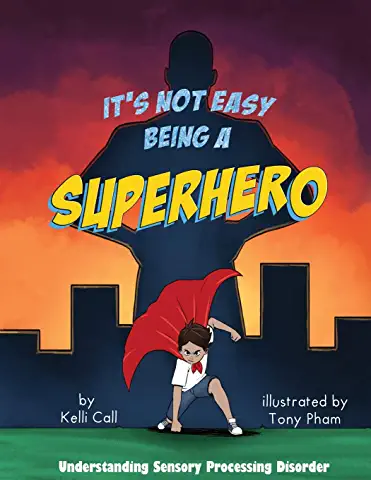

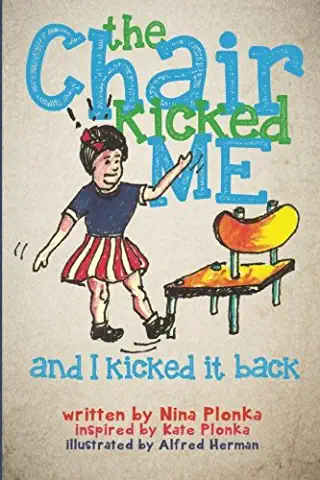
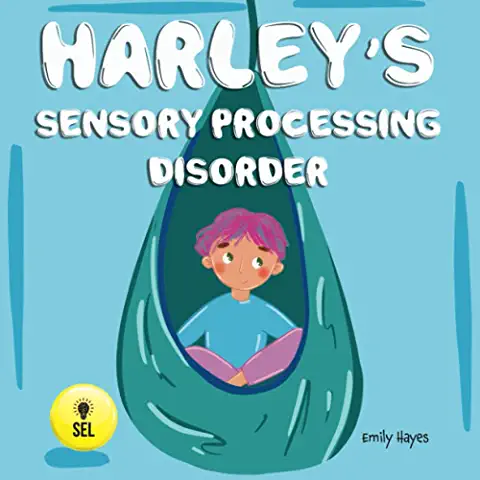


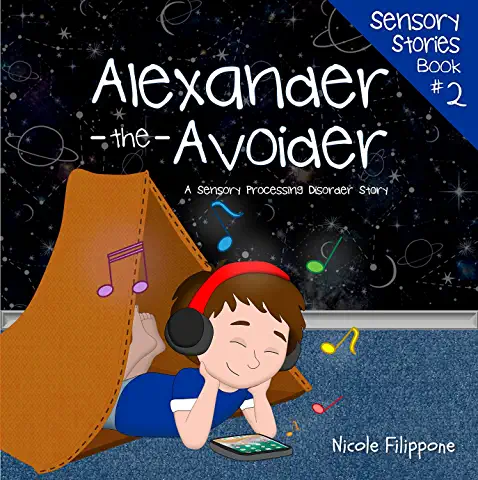

Books for Teens/Young Adults:
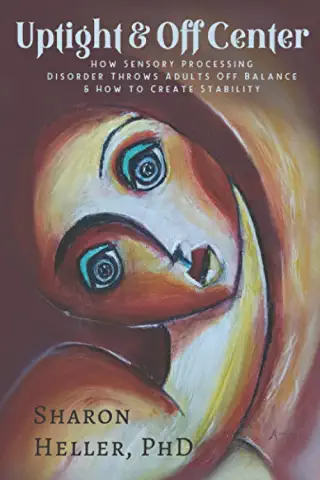
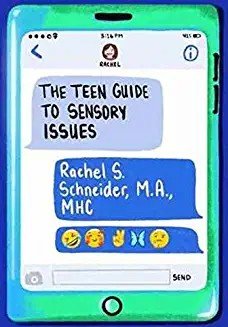


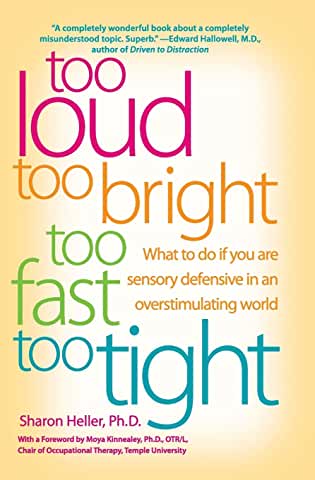

This website is not a professional counseling website and nothing here should be construed as professional counseling advice. Although Kimberly Bennett, LPC is a Licensed Professional Counselor, she is not your counselor, and no counselor-client relationship is established unless she has signed an agreement with you. All information provided through this website is for informational and educational purposes only.
This post may contain affiliate links. Please read my disclosure statement. Thanks for visiting!
